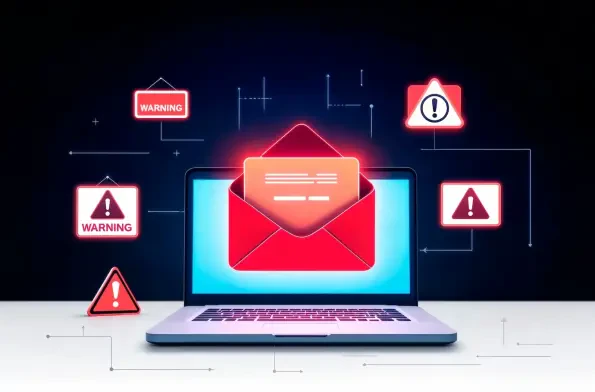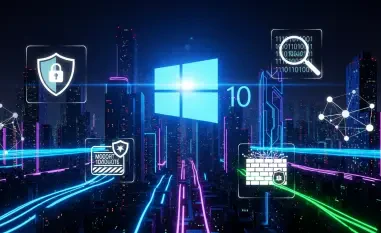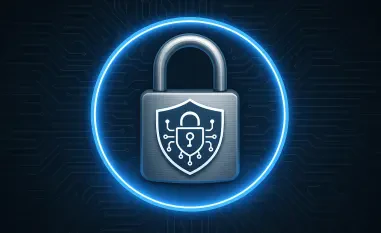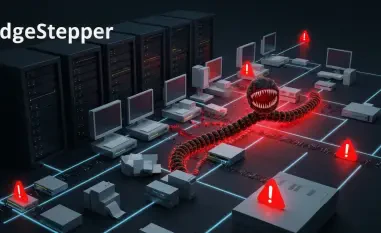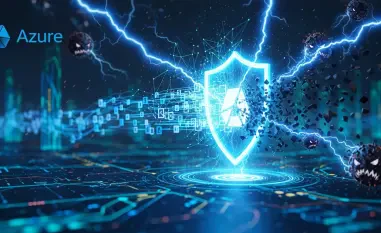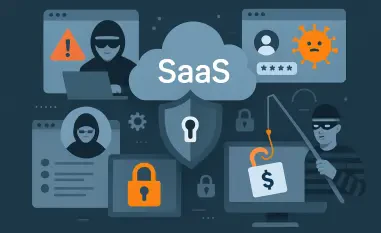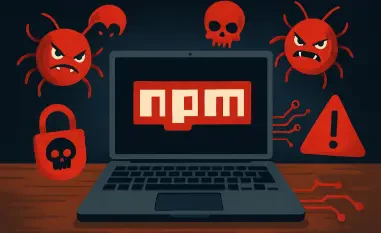Malik Haidar is a renowned cybersecurity expert, known for his strategic approach to threat intelligence and securing multinational corporations. Drawing from a wealth of experience in analyzing and countering cyber threats, Malik offers profound insights into the complex landscape of cybersecurity, and the recent malicious campaign targeting Ukraine by APT28. This interview explores the ramifications of these cyber attacks, shedding light on the intricate tactics employed by threat actors, and Malik’s expert perspective on enhancing security measures.
What is the role of CERT-UA in combating cyber threats in Ukraine?
CERT-UA plays a crucial role in cybersecurity defense by acting as the central authority for incident response within Ukraine. They are responsible for detecting, analyzing, and mitigating advanced cyber threats that seek to compromise national infrastructure. In the recent APT28 campaign, CERT-UA’s timely warning and continuous monitoring provided invaluable insight into the adversary’s tactics and technologies, thus enabling more effective countermeasures.
Can you explain who APT28/UAC-0001 threat actors are and their significance in cyber warfare?
APT28 is a highly skilled group of cyber operatives believed to be linked to Russian intelligence. Known for their sophisticated attacks over the years, they focus on strategic espionage and disruption, often targeting government entities and critical industries. Their operations reveal the evolving landscape of cyber warfare, where state-sponsored groups leverage cyber capabilities to achieve geopolitical objectives.
What are the main capabilities of the newly discovered BEARDSHELL malware?
BEARDSHELL is a multifaceted malware developed in C++ designed to unleash powerful exploits. It allows attackers to execute PowerShell scripts remotely, thereby enhancing their ability to manipulate compromised systems. It also uploads execution results to a remote server using the Icedrive API, offering significant intelligence to adversaries while remaining stealthy and resilient.
Could you elaborate on the role of COVENANT malware in this cyber attack campaign?
COVENANT acts as a command-and-control framework that further expands the reach of the attack once the initial infection occurs. After gaining a foothold using BEARDSHELL, COVENANT facilitates the deployment of additional payloads, maintaining persistent access while executing complex scripted operations. Its role is pivotal in maintaining the internal threat architecture and ensuring the longevity of the attack.
How are Signal chat messages being utilized to deliver these malware payloads?
Threat actors are leveraging Signal’s encrypted platform to deliver malicious content masked within chat messages, exploiting its secure communication channel to distribute malware-laden documents. This technique underscores the importance of vigilance in trusted communication channels, as they can become conduits for cyber threats when improperly monitored.
What other tools or tactics did APT28 use alongside BEARDSHELL and COVENANT?
APT28 employed a combination of phishing techniques and software vulnerabilities targeting webmail platforms like Roundcube. They executed exploits for cross-site scripting and SQL injection flaws to facilitate unauthorized access and control. This multi-pronged approach enhances their capability to infiltrate systems and underscores their prowess in exploiting software weaknesses.
How has the discovery of unauthorized access to a “gov.ua” email account contributed to understanding the attack?
This discovery provided critical insight into the breadth of APT28’s infiltration methods and strategic objectives. Analyzing unauthorized access patterns enabled cybersecurity specialists to map the initial infection vectors and communication strategies, thereby informing defensive strategies and fortifying vulnerable infrastructure against similar breaches.
What vulnerabilities were being exploited by APT28 to breach Ukrainian government entities?
APT28 focused on exploiting outdated and unpatched webmail platforms, leveraging vulnerabilities like XSS and SQL injection found within Roundcube instances. These exploits enabled them to manipulate server behavior and access sensitive government communications, demonstrating the risks associated with legacy systems in critical environments.
How does the macro-laced Microsoft Word document (“Акт.doc”) function in the delivery of malware?
The “Акт.doc” document is equipped with malicious macros that activate upon opening, instigating the process of dropping malware components like DLLs and images containing shellcode. This technique ensures malware execution with minimum user awareness, exploiting document accessibility in routine tasks.
What are the intended effects of modifying the Windows Registry in this malware campaign?
Altering the Windows Registry facilitates persistence by ensuring that malware components reload with crucial system processes, like Windows Explorer. This manipulation enables the adversaries to maintain control over infected systems, ensuring continuous access without detection, even after system restarts.
How does the execution of the memory-resident COVENANT framework impact the compromised host?
Once active, COVENANT operates as a persistent entity within system memory, coordinating malicious operations without leaving traces on disk. Its memory-resident nature complicates detection by traditional antivirus solutions, allowing it to execute payloads stealthily and orchestrate further expansion of the attack.
What are the functions of the domains “app.koofr[.]net” and “api.icedrive[.]net” in this cyber attack?
These domains serve as conduits for data transfer and command execution, maintaining communication between the compromised systems and the attackers’ controlled infrastructure. Monitoring their network traffic can reveal ongoing malicious operations and assist in identifying infected systems for containment and remediation.
Can you detail the specific exploits delivered via phishing emails targeting outdated Roundcube webmail instances?
The phishing campaign included exploits for multiple CVEs targeting Roundcube, leveraging known vulnerabilities to execute arbitrary JavaScript code. These exploits specifically focused on cross-site scripting and SQL injection flaws, enabling attackers to harvest sensitive data and manipulate server-side operations.
What is the purpose of “e.js” and its effect on victims’ email accounts?
“E.js” functions to secure ongoing control by redirecting email communications and collecting metadata such as address books and session cookies. By manipulating email rules, attackers can divert incoming emails to external accounts, thus infiltrating communication channels and extracting information vital for espionage.
How does “q.js” leverage the SQL injection vulnerability in Roundcube?
Through its injection exploits, “q.js” penetrates the Roundcube database, extracting user information and system control data. This enables attackers to manipulate backend operations, access sensitive email content, and extend their reach within compromised systems, thereby amplifying the overall impact of the attack.
What critical function does the “c.js” JavaScript file serve in this series of attacks?
The “c.js” file exploits known vulnerabilities to execute unauthorized commands on mail servers, enhancing adversaries’ capability to manipulate server operations and extend control beyond initial access points. Its role consolidates the attackers’ position, ensuring comprehensive control and facilitating further exploits.
Overall, how many Ukrainian organizations were targeted in this phishing campaign?
More than 40 Ukrainian institutions faced targeted phishing attacks, reflecting the scope and strategic planning behind APT28’s operation. This widespread targeting highlights the aggressive nature of the campaign and the state’s imperative to reinforce cybersecurity measures against such pervasive threats.
What measures should state organizations take to mitigate risks associated with this attack?
Institutions must prioritize updating and patching vulnerable systems, particularly legacy webmail infrastructure, and enhance training programs to heighten staff awareness of phishing threats. Additionally, investing in advanced threat detection technologies and establishing robust incident response protocols are vital to preemptively manage similar attacks.
Are there any broader implications of this attack for international cybersecurity efforts?
This campaign signifies the escalating sophistication of state-sponsored cyber warfare, prompting global cybersecurity discussions around the necessity for enhanced multinational cooperation and intelligence sharing. Governments and organizations worldwide must adapt to the evolving threat landscape by bolstering defenses and fostering collaborative security initiatives.
